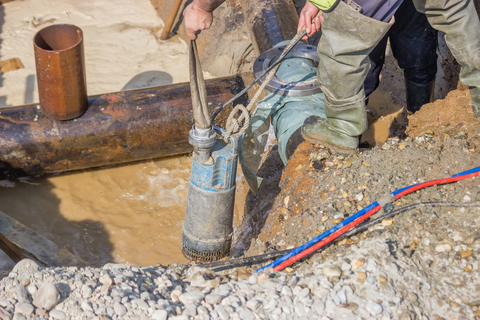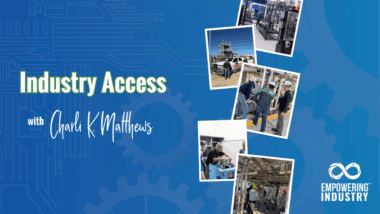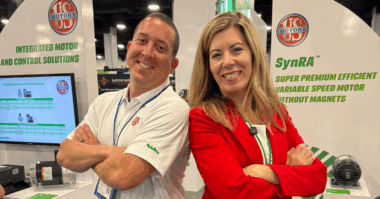Submersible Pump Basics
Submersible pumps, also called sub pumps at times, use a specially sealed motor coupled with a single stage pump which allows the entire assembly to operate when submerged. Submersible pumps include slurry pumps, grinder pumps, well pumps, and trash pumps. They are considered to be centrifugal pumps with no need for a suction pipe and almost always have the impeller and casing submerged. The pumps are most often used to move water and relatively thin liquids with or without solids depending upon the type of impeller.
Types of the Submersible Pumps
Submersible pumps offer the feature of a submerged motor that is either filled by air or by oil. They feature several different types of impellers that are designed to accommodate solids of various sizes. Generally, there are two different types of submersible pumps:
- Bored well submersible pumps – These pumps use a narrow submersible motor placed at the bottom of the pump with an inlet screen and suction bell just above. The pumps are often multi-stage with two or more impellers and diffusers in order to operate in deep wells.
- Basin, sump, or basin submersible pumps – Configurations vary by type of application.
Submersible Pump Applications
Submersible pumps are used in residential, industrial, irrigational, and municipal applications. They are most commonly used for clean and wastewater operations, as well as related services ranging in scope from swimming pools for homes to main sewage treatment plants.
Submersible Pump Numbers
- Flow Rate Ranges – 5 to 7,500 gallons per minute, 19 to 28,391 liters per minute
- Total Head (Pressure) Ranges – 10 to 200 feet, 4 to 87 psi
- Horse Power Ranges – 0.25 to 250
Pro’s and Con’s of Submersible Pumps
One of the main benefits of this type of pump is that they naturally prevent pump cavitation, a problem that occurs in other pumps when there is a high elevation difference between the pump and the fluid surface. A submersible pump pushes fluid to the surface as opposed to other types of pumps which have to pull fluids, making them more efficient. Another benefit is the pump’s ability to be installed underground, which saves both space and the cost of installation.
Although these pumps can handle clear liquids and thin liquids, they are not always recommended for moving heavy fluids, oils, or related media.
Advances in Submersible Pumps
BJM KZN Series Submersible Pumps – All models of these amazing pumps are constructed to be abrasive resistant, offer extra protection for motors, and operate as a top discharge pump that eliminates the need for a side discharge that can break off.
TSUMRUI GSD Submersible Pumps – This Japanese manufacturer has developed a submersible pump that is designed for slurry and built for continuous operation in rough conditions that are often found in larger scale construction mines and sites.
ZENIT UNIQUA Submersible Pumps – This pump is used in sewage treatment plants for civil and industrial sewage lifting and the conveying of storm and wastewater, as well as the recycling of raw sludge. In fact, ten of them were recently installed in Thailand’s largest lignite coal mine.
For More on Submersible Pumps
How to Choose a Submersible Pump – If looking to choose a submersible pump for a residential application, check out this guide from Water Pumps Direct to help you out.
Industrial Manufacturing Market Research Reports Announcements – Want to know how much the submersible pump market is going to grow between 2015 and 2019? Check out this free article from WhaTech reprinted from Industrial Market Research Reports.




